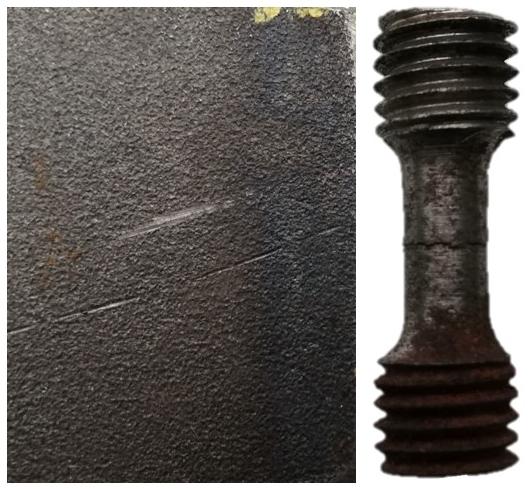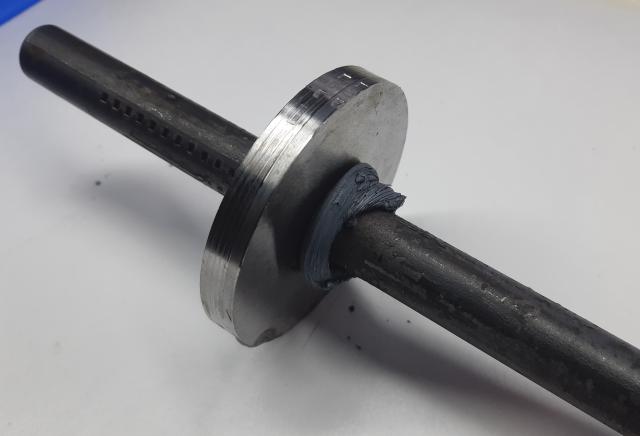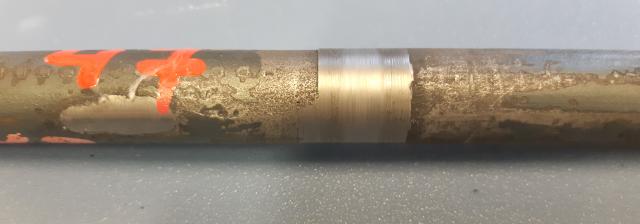Tensile tests in the thickness direction of steel plates (Z tests)
Z-quality steel
The term "Z quality" has been used for years. It is often specified for critical applications in steel structures with larger plate thicknesses, which are loaded in the thickness direction and where stricter requirements are demanded for the deformation capacity of the material.
Z-testing
The standard EN 10164 “Steel products with improved deformation properties perpendicular to the surface of the product - Technical delivery conditions” defines three Z-quality classes; Z15, Z25 and Z35. When a test piece, sampled from the steel product in the thickness direction is subjected to tensile stresses, after reaching the maximum tensile force, its cross-section reduces until the test piece finally breaks. The necking Z is defined as the relative reduction of the cross-section compared to the original cross-section. For example, to meet the Z35 quality level, three test samples must achieve an average cross-sectional reduction of at least 35%. Individual values may not be below 25%. The material is then classified as sufficiently ductile, being a material with sufficient deformation capacity in accordance with the applicable quality class.
The main reason why a steel product would not meet this requirement is because impurities, in particular sulfur, precipitate along the grain boundaries, reducing intergranular adhesion. When steel products are rolled, non-metallic inclusions may also be found in the steel products and will result in a pronounced weakness in the thickness direction.
EN 10164, ASTM A770, AS 3678, AS 1391 are some of the applicable standards used to perform Z tests. How the test pieces have to be machined and tested is described in these standards.
Procedure for thick plates
In accordance with EN 10164, for sufficiently thick plates (thickness > 20 mm), the test specimens can be sampled completely from the plate.

Procedure for thin plates
For smaller plate thicknesses, extensions must be welded onto the plate using friction welding, keeping the heat affected zone limited. The full experimental procedure from welding to testing can be performed by the Belgian Welding Institute and is described below.
- Round discs are machined from the plates to be tested.
- Extension pieces are welded onto both surfaces of the disk samples by friction welding, after optimisation of the process parameters of the friction welding process, to limit the heat input and the degradation of the material properties in the testing zone.
- The overthickness of the discs is removed by milling or turning.
- Determination of the geometry of the test pieces.
- Tensile test specimens are prepared and the Z tests are performed. The Z test is performed in the same way as a regular tensile test, except that only the necking is measured and not the tensile strength.

Samples used for the execution of the Z-tests

Friction welding of the extension pieces to the disc

Removal of the excess thickness from the discs

Tested tensile test sample
